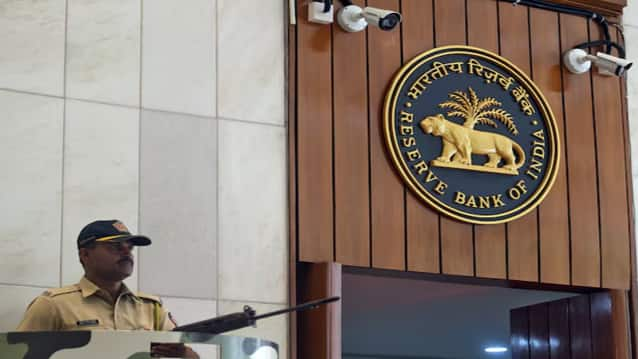India remains the top recipient of global foreign remittances, with a record $137.7 billion inflow in 2024, more than double that of Mexico, the second-highest recipient with $67.6 billion.

Going forward, among the emerging themes likely to shape cross-border payments is geopolitical risk, which stands out as particularly impactful. (Source: reuters)
The Reserve Bank of India (RBI) has initiated a review of the frictions impacting timely credit of inward cross-border remittances to beneficiary accounts, the central bank said in its payment systems report. The review, according to the report published on Thursday, seeks to identify frictions within extant processes and recommend measures to streamline payment processing and enhance overall efficiency in the cross-border payments ecosystem.
Further, the RBI said it has also been actively pursuing measures to enhance cross-border payments by encouraging various modes of collaboration with other countries. These include interlinking of UPI on a bilateral and multilateral basis with Fast Payment Systems (FPSs) of other countries for personal remittances and acceptance of FPS via QR codes at merchant locations abroad.
To this end, the Reserve Bank and the Monetary Authority of Singapore (MAS) operationalised the linkage of their respective FPSs -- UPI and PayNow respectively, in 2023, enabling users of the two systems to make instant and low-cost peer-to-peer (P2P) cross-border payments on a reciprocal basis.
Also read: India’s Gold Loan Boom: While Borrowers Win, Lenders Must Weigh Risks
Further, India, along with Malaysia, Philippines, Singapore and Thailand, has joined Project Nexus, a multilateral international initiative, to enable instant cross-border retail payments by interlinking domestic FPSs, the report noted.
Acceptance of India’s UPI apps via QR code has been operationalised in Bhutan, France, Mauritius, Nepal, Singapore, Singapore, the UAE, and Qatar, which enables Indian travellers to these countries to make payments to merchants using their UPI apps.
According to the data provided, India remains the top recipient of global foreign remittances, with a record $137.7 billion inflow in 2024, more than double that of Mexico, the second-highest recipient with $67.6 billion.
“This underscores India's significant position in the global remittance market, driven by its vast diaspora contributing to foreign exchange reserves and economic stability,” the report highlighted.
Also read: Diwali 2025: Shining Spotlight on Economy and Businesses
Going forward, among the emerging themes likely to shape cross-border payments is geopolitical risk, which stands out as particularly impactful. Geopolitical tensions pose significant risks to cross-border payments and financial flows, given the centralised nature of global financial infrastructure and reliance on select settlement currencies.
“Sanctions, restrictions on financial systems or currencies, and other operational barriers can disrupt markets and access. Affected countries may respond by developing bilateral or multilateral alternatives to safeguard against such disruptions.”
Empower your business. Get practical tips, market insights, and growth strategies delivered to your inbox
By continuing you agree to our Privacy Policy & Terms & Conditions
